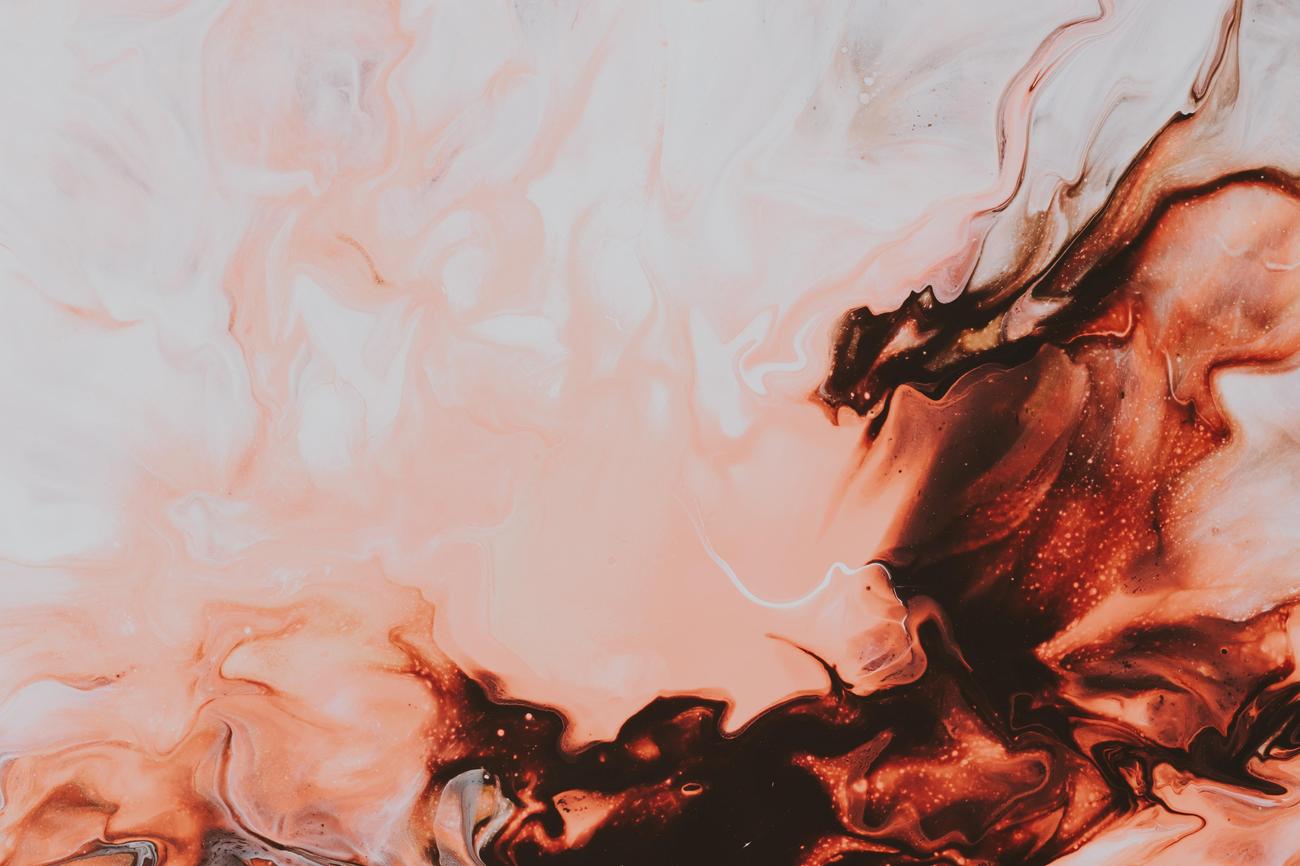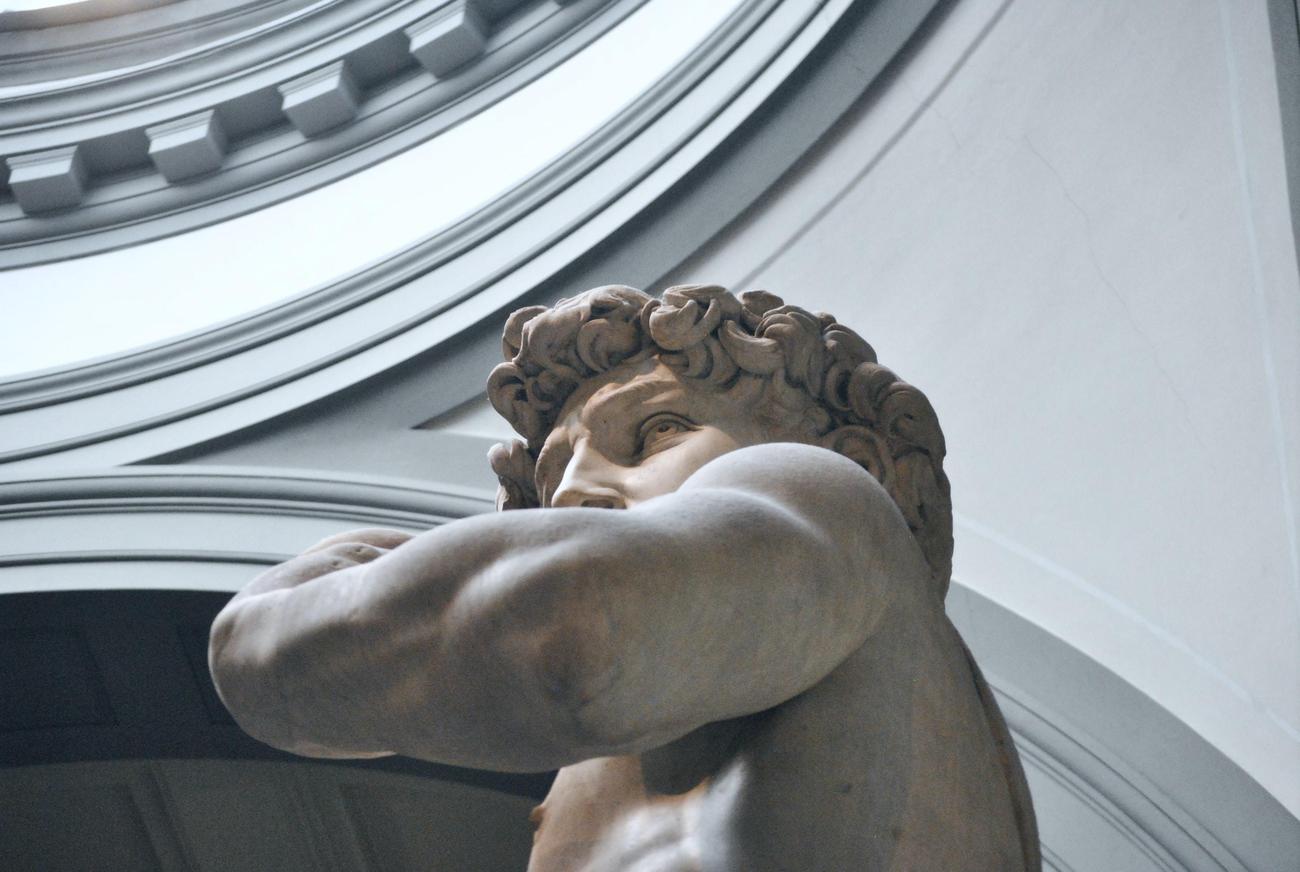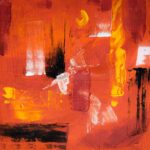Get ready to embark on an exhilarating journey into the fascinating world of art! In this article, we will unveil hidden gems and explore the lesser-known facts that make the artistic realm so captivating. From classical masterpieces to avant-garde movements, we will delve into the intriguing stories behind renowned artworks, shedding light on the secrets and remarkable techniques that bring them to life. Prepare to be amazed as we unravel the mysteries and unveil the hidden facts that make art such a mesmerizing and enriching subject. So, fasten your seatbelts and join me as we discover the captivating world of art through the lens of intriguing facts!

Facts About Art
Art, in all its forms, has long been a source of inspiration and fascination. From ancient sculptures to contemporary masterpieces, the world of art is filled with intriguing facts that unveil hidden gems in the artistic world. So, let’s dive into the captivating world of art and uncover some lesser-known facts that will surely enrich your understanding and appreciation of this captivating subject.
1. Learning and practicing art leads to higher achievement in reading and math.
Art and academics may seem like two separate realms, but they are more intertwined than one might think. Studies have shown that engaging in art, whether through creating, studying, or experiencing it, can have a positive impact on academic performance. Research indicates that students who regularly participate in art activities tend to excel in reading and math. This connection between art and academic achievement highlights the power of creativity and the holistic benefits it brings to education.
“Art is not just a creative outlet; it also nurtures skills that foster success in various academic areas, such as reading and math.”
2. Creativity is promoted through art.
Art has long been celebrated as a medium for self-expression and innovation. One of the most fascinating facts about art is its ability to promote and enhance creativity. Engaging in artistic endeavors encourages individuals to think outside the box, explore new perspectives, and break free from conventional limitations. By allowing ourselves to embrace creativity through art, we unlock new realms of imagination and open doors to endless possibilities.
“Art is a gateway to boundless creativity, where imagination flourishes and innovation blossoms.”
3. Everyone is born creative.
Many people believe that creativity is a skill reserved for a select few, but the truth is that every single person is born with innate creative abilities. From scribbling on a piece of paper to experimenting with colors, young children naturally express themselves through art. However, as we grow older, societal expectations and self-doubt can dampen our creative spirits. It’s essential to recognize that creativity is not limited to a chosen few; it resides within each of us, waiting to be awakened and nurtured.
“Creativity is not a trait exclusive to a lucky few, but a gift bestowed upon all of us from the moment we take our first breath.”
4. Roman statues are made with detachable heads.
When we think of Roman statues, we often imagine grand marble sculptures, but little do we know that many of them were crafted with detachable heads. In ancient Rome, sculptors would create statues with separate heads to allow for easy replacement. This practice was especially common in portrait sculptures. By having interchangeable heads, Roman artisans could update the statue’s likeness without crafting an entirely new sculpture.
“Roman statues, with their detachable heads, provide us with a remarkable insight into the adaptability and craftsmanship of ancient artists.”
5. Art is the expression or application of human creative skill and imagination.
At its core, art is the manifestation of human creativity and imagination. It serves as a means of expression, allowing individuals to communicate their thoughts, emotions, and ideas through various mediums. Whether it’s a painting, sculpture, dance, or music, art facilitates a profound connection between the creator and the audience, transcending language and cultural barriers.
“Art is the language of the soul, enabling us to express ourselves and connect with others on a deeper, more visceral level.”
6. The word “art” comes from the Latin meaning “skill” or “craft”.
Have you ever wondered about the etymology of the word “art”? It derives from the Latin word “ars” or “artis,” which translates to “skill” or “craft.” This linguistic root emphasizes the importance of expertise and knowledge in creating art. It reminds us that art is not purely a product of inspiration but often requires dedicated practice, technical proficiency, and mastery of craftsmanship.
“Art, stemming from the Latin word ‘ars,’ reminds us that behind every masterpiece lies skill, craftsmanship, and a deep understanding of the medium.”
7. Vincent van Gogh, the world’s most valued painter, sold only one painting in his entire life – to his brother who owned an art gallery.
Vincent van Gogh, renowned for his iconic paintings such as “Starry Night,” remains one of history’s most revered artists. Despite his posthumous fame and the astronomical value of his artworks today, van Gogh only managed to sell one painting during his lifetime. Interestingly, his sole buyer was his brother Theo, who owned an art gallery. This fact adds depth to van Gogh’s artistic journey, emphasizing the challenges and triumphs that often accompany the life of an artist.
“Van Gogh’s artistic genius shines through his extensive body of work, but his struggle for recognition reminds us of the resilience and dedication behind artistic brilliance.”
8. Picasso could draw before he could walk, and his first word was the Spanish word for pencil.
Pablo Picasso, the visionary artist whose works revolutionized modern art, displayed artistic talent from a remarkably young age. Legend has it that Picasso could draw even before he could walk. As a toddler, his first spoken word was not a typical baby babble but the Spanish word for pencil, “lápiz.” This anecdote showcases Picasso’s innate connection with art, which he later honed and developed into a groundbreaking artistic style that would leave an indelible mark on the art world.
“Picasso’s prodigious talent as a child foreshadowed his transformative impact on the art world, where he redefined the boundaries of creativity and imagination.”
Join me on this captivating journey through the diverse facets of art as we continue to discover more intriguing facts that unveil hidden gems in the artistic world. Through exploration and appreciation, we can immerse ourselves in the rich tapestry of human creativity and unlock countless wonders along the way.
Painting is a truly fascinating art form that has captivated people for centuries. If you’re interested in learning some amazing facts about painting, you’re in for a treat! Did you know that famous artist Leonardo da Vinci took over 12 years to complete the Mona Lisa? Incredible, right? To uncover more intriguing insights about this timeless medium, check out our comprehensive collection of facts about painting at this link. Prepare to be amazed as you dive into the world of art and discover the secrets behind some of history’s most iconic masterpieces.
Art painting holds a plethora of fascinating insights, and delving into the world of facts about art can be a truly enriching experience. If you’re eager to unveil the intriguing secrets behind this mesmerizing form of expression, you must check out some captivating articles on the subject. Discover fascinating facts about art painting that will leave you in awe. Learn about the rich history, techniques, and masterpieces that have shaped the art world as we know it. Feed your curiosity with these mind-expanding articles and see art painting from a whole new perspective.
But wait, there’s more! If you’re craving even more captivating tidbits, explore the realm of interesting facts about art painting. Delve into the stories behind famous works, unravel the symbolism hidden within each stroke, and gain a deeper appreciation for the artist’s craft. Let your imagination soar as you dive into these intriguing articles, which are sure to leave you hungry for more knowledge.
And if you’re looking for a fun-filled adventure, look no further than the world of fun facts about art painting. Explore the lighter side of art with articles that showcase bizarre anecdotes, unexpected trivia, and humorous tales from the art world. Unwind and let your imagination roam freely as you discover these entertaining and enlightening articles.
Satisfy your thirst for knowledge and awaken your inner art connoisseur. Click on the links above and embark on an incredible journey through the mesmerizing world of art painting. See how it has shaped history, challenged conventions, and continues to inspire generations. Don’t miss out on these captivating articles – the canvas of art painting awaits your exploration!
Art History Fact: Marcel Duchamp, known for his provocative art, was also an award-winning chess player.
[youtube v=”grFdO1oBiFY”]
Norman Rockwell, the beloved Americana painter, is the official state artist of Massachusetts.
Paula Modersohn-Becker, a German modernist, was the first woman to paint herself nude and pregnant.
Rembrandt, the renowned Dutch Golden Age painter, was so poor when he died in 1669 that he couldn’t afford a tombstone and was buried in an unmarked grave in Amsterdam.
Sandro Botticelli’s famous painting, “The Birth of Venus,” accurately portrays at least 138 known plant species.
Andy Warhol, the pop art pioneer, and his mother, Julia, had a colony of cats in their Upper East Side apartment. They named 25 of them Sam, and even published a book titled “25 Cats Named Sam and One Blue [ __ ]” with illustrations of 16 cats.
Gustav Klimt, the Austrian artist, loved cats and allowed them to roam freely in his studio. He even used their urine as a fixative for his artworks.
Vincent van Gogh, the troubled post-impressionist artist, described his masterpiece “The Starry Night” as a failure, unaware that he was depicting turbulence long before it was defined by mathematician Andrei Kolmogorov.
Van Gogh’s paintings of turbulence correlated with his most turbulent psychological states, painting them during times of emotional discord.
Van Gogh reportedly only sold one painting, “The Red Vineyard” to Belgian artist Anna Boch, shortly before his death.
Katsushika Hokusai, a Japanese artist from the Edo period, went by at least 30 different names throughout his life as he adopted different pseudonyms to match his changing styles.
Henri de Toulouse-Lautrec, the famous French artist, had grandmothers who were sisters.
Leonardo da Vinci’s “Salvator Mundi” sold for a record-breaking $450.3 million in 2017, making it the most expensive artwork ever sold at auction.
Leonardo da Vinci was known for his compassion toward animals and would buy birds intended for food to release them.
The Mona Lisa, now a superstar, once hung in the bathroom of French King Francis I and later in Napoleon Bonaparte’s bedroom before entering the Louvre’s collection in 1804.
The Mona Lisa was famously stolen in 1911, and initially, Pablo Picasso was suspected of involvement. However, it was later determined that a Louvre employee was responsible.
Caravaggio, the Italian Baroque painter, murdered a pimp named Renuccio Tomasoni in 1606 and lived the rest of his life in exile.
Grant Wood’s iconic painting “American Gothic” features his sister Nan and his dentist Byron McKeeby as the stern-faced couple.
Georgia O’Keeffe, the renowned American artist, used her Model A Ford as a studio to escape the desert heat while she painted.
Yves Klein, a French artist, created his trademarked shade of ultramarine, called International Klein Blue, in 1957.
Sonia Delaunay became the first living woman to have a retrospective at the Louvre in 1964.
Henri Matisse’s artwork “Le Bateau” was accidentally installed upside down at the Museum of Modern Art and went unnoticed for 47 days.
Auguste Rodin, the French sculptor, was accused of forging his sculpture “The Age of Bronze” because of its unprecedented naturalism.
Jean-Michel Basquiat, the influential artist, was expelled from his New York school.
These 50 random art history facts showcase the unique anecdotes and oddities that make the world of art so fascinating and diverse. From eccentric artists like Marcel Duchamp and Andy Warhol to iconic paintings like Leonardo da Vinci’s Mona Lisa and Grant Wood’s “American Gothic,” art history is filled with extraordinary stories and remarkable achievements. Each fact sheds light on a different aspect of the artistic world, revealing the quirks, struggles, and triumphs of some of the most celebrated artists throughout history. Whether it’s the unexpected connections between artists or the untold details behind famous artworks, these facts serve as a reminder that art is far more than just brush strokes on a canvas—it’s a tapestry of human experiences and expressions that continue to captivate and inspire us today.
FAQ
Q: How does learning and practicing art impact academic achievement?
A: Learning and practicing art have been found to positively impact academic achievement, particularly in the areas of reading and math. Engaging in art activities helps develop cognitive skills such as problem-solving, critical thinking, and spatial reasoning, which are essential for success in various academic subjects.
Q: How does art promote creativity?
A: Art promotes creativity by providing a platform for self-expression and exploration. Through art, individuals can tap into their imagination, experiment with different materials and techniques, and think outside the box. This process of creating art fosters creativity, enabling individuals to generate unique ideas and solutions in other areas of their lives.
Q: Are all individuals born creative?
A: Yes, all individuals are born creative. Creativity is an inherent human trait that exists in varying degrees within each person. It is a fundamental aspect of human nature and can be nurtured and developed through experiences, including exposure to art, culture, and diverse forms of expression.
Q: Were Roman statues made with detachable heads?
A: Yes, Roman statues were indeed made with detachable heads. This practice allowed for easy replacement or customization of heads to suit different portraits or representations of individuals. It also facilitated the reuse of bodies for multiple statues, as only the heads needed to be altered.
Q: What is the origin of the word “art”?
A: The word “art” originates from the Latin term “ars,” which means “skill” or “craft.” This etymology reflects the understanding that art involves the application of human creative skill and imagination to produce works that are aesthetically pleasing or conceptually thought-provoking.
- Star Ring Trends: Etsy vs Amazon - March 28, 2025
- Boost Pollinator Habitats: Baby Blue Eyes Sustainable Farming Guide - March 28, 2025
- Protect Big Black Bears: Effective Conservation Strategies - March 28, 2025
















